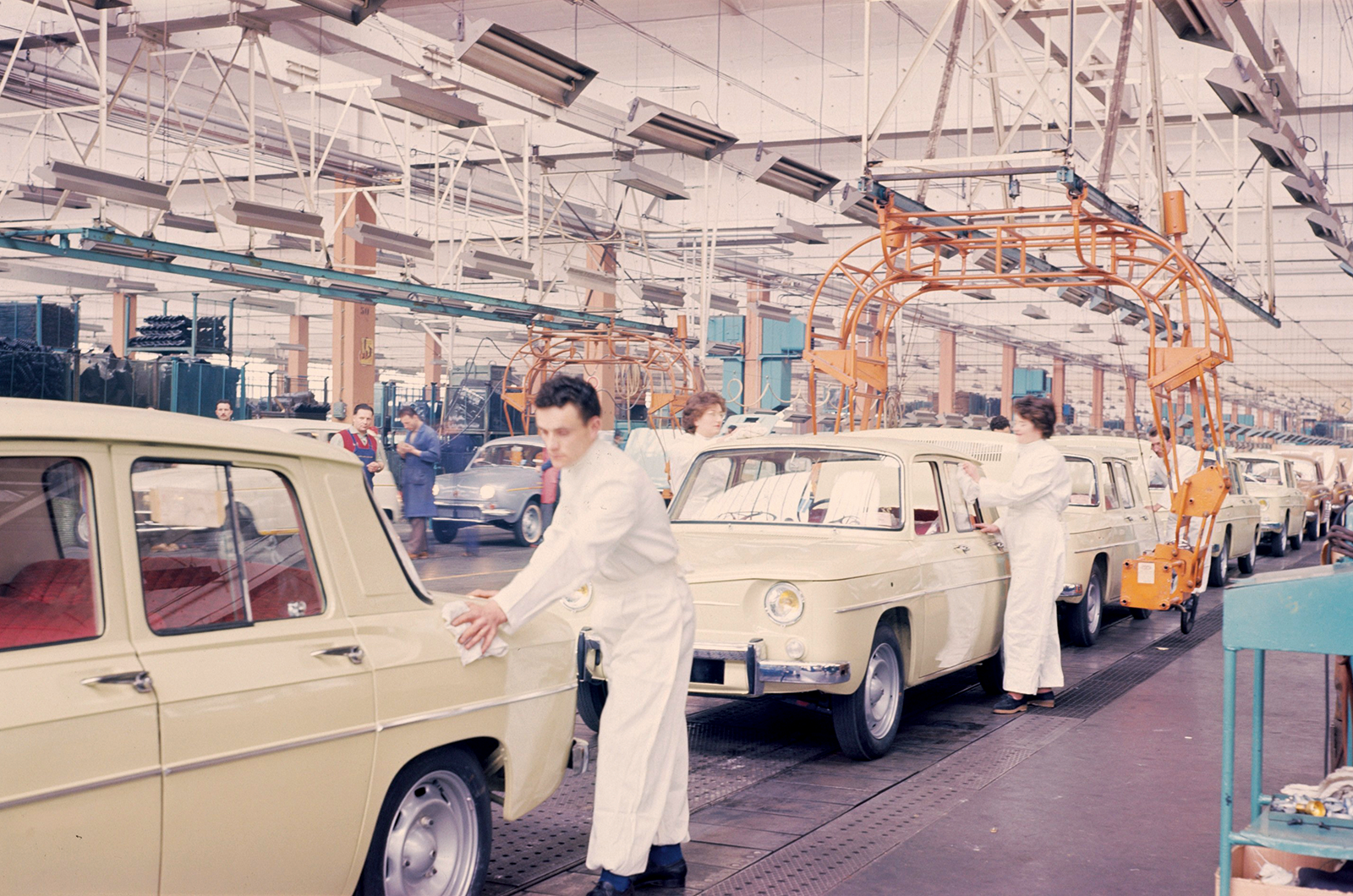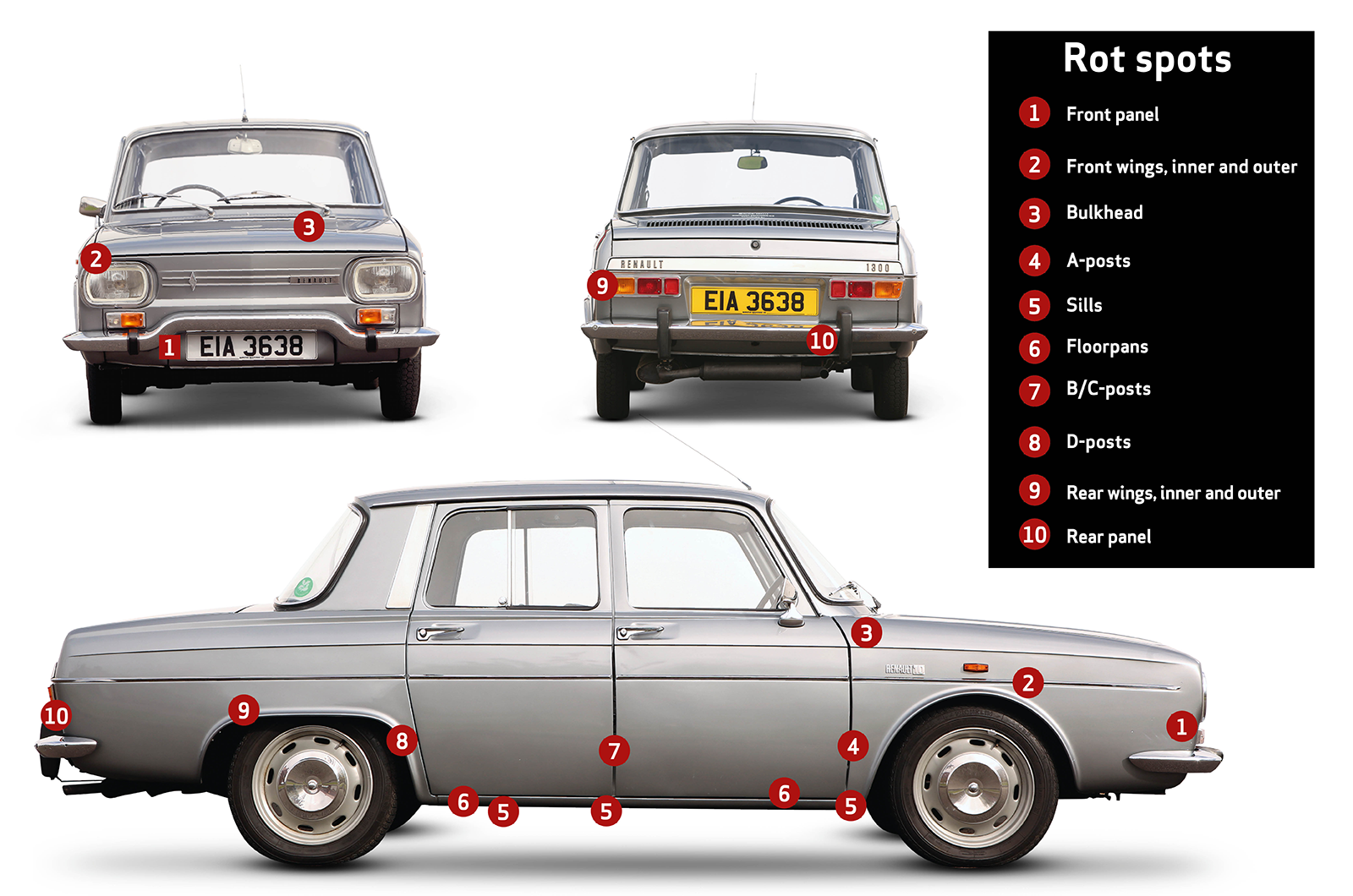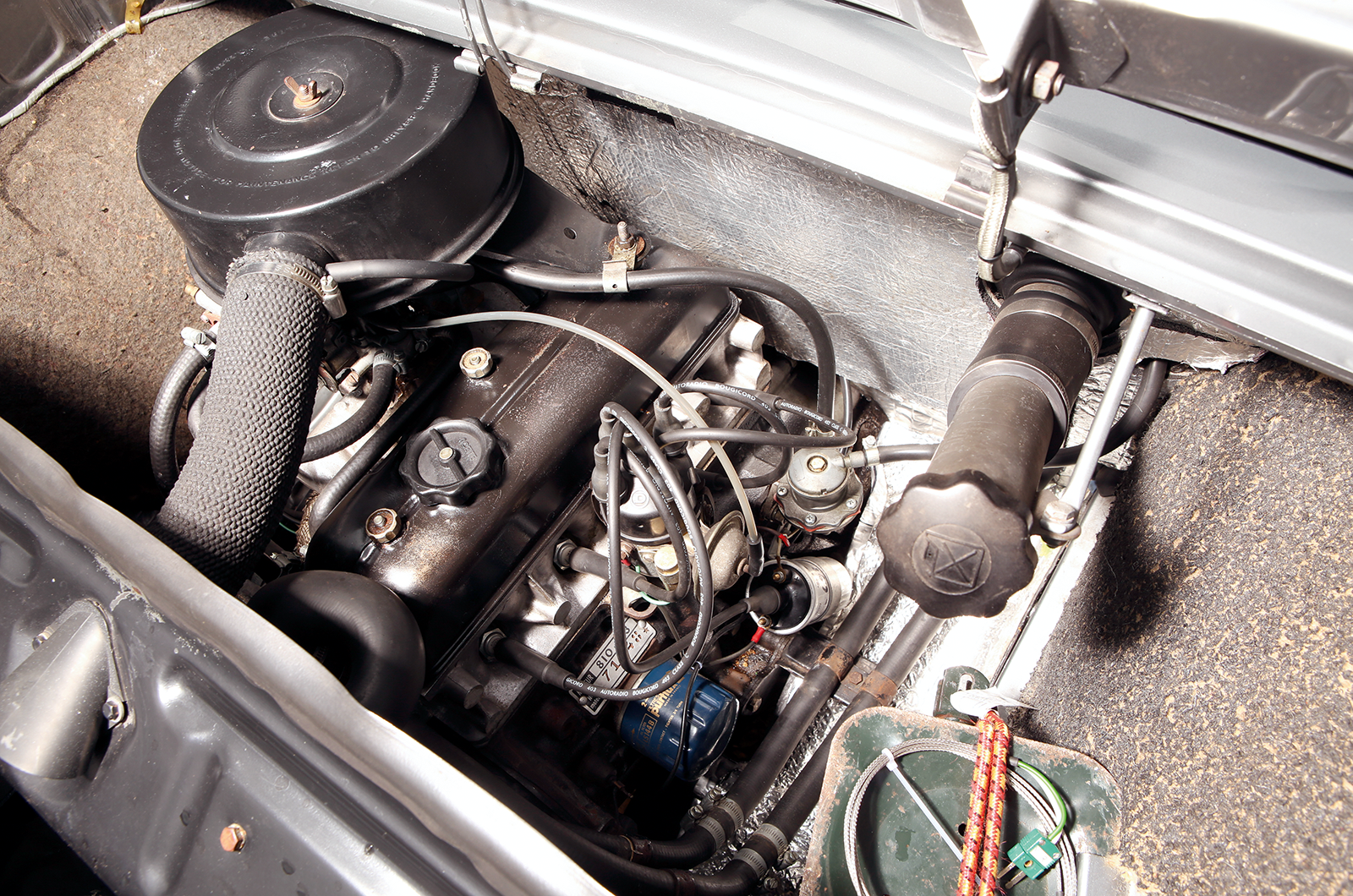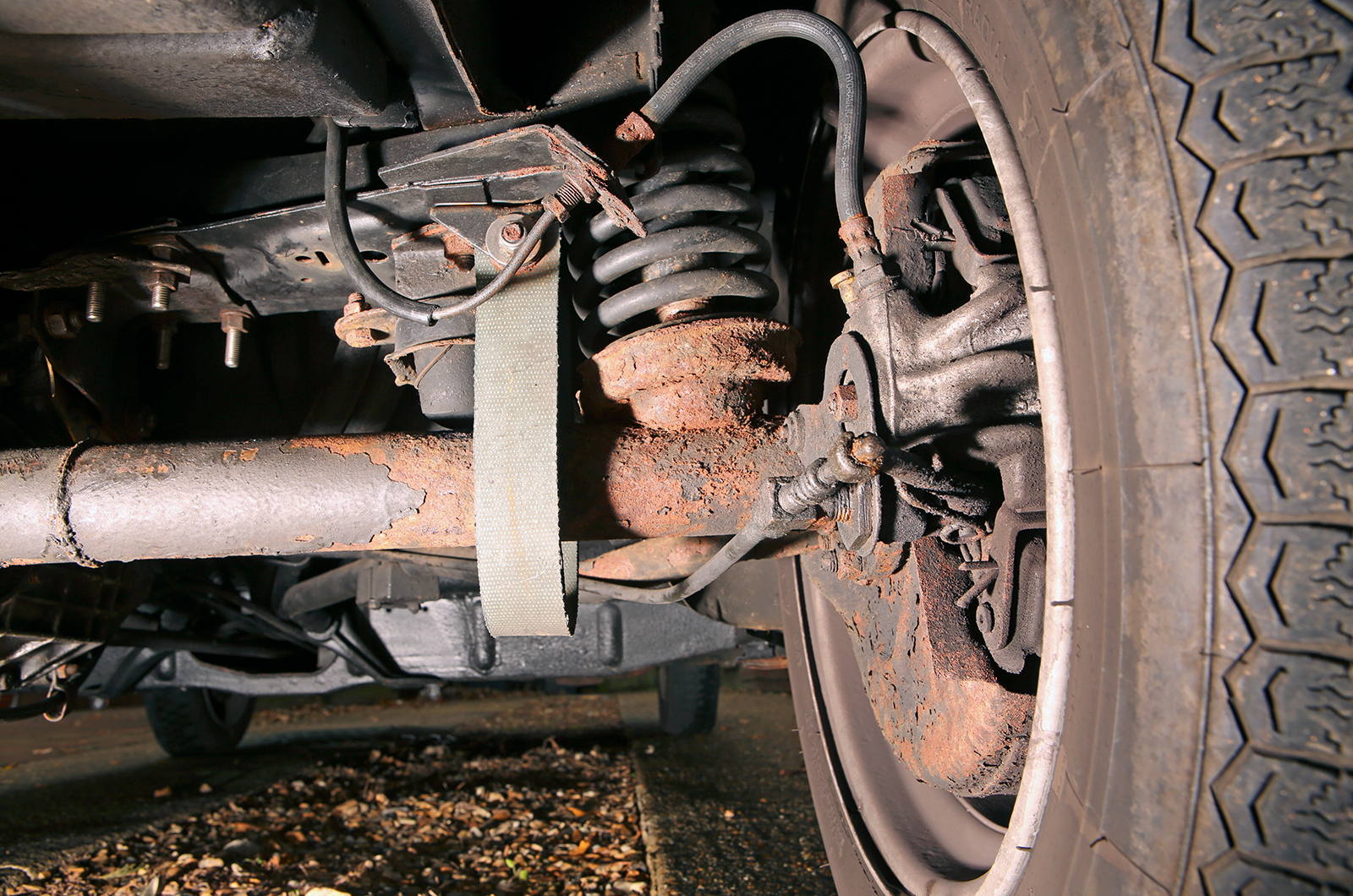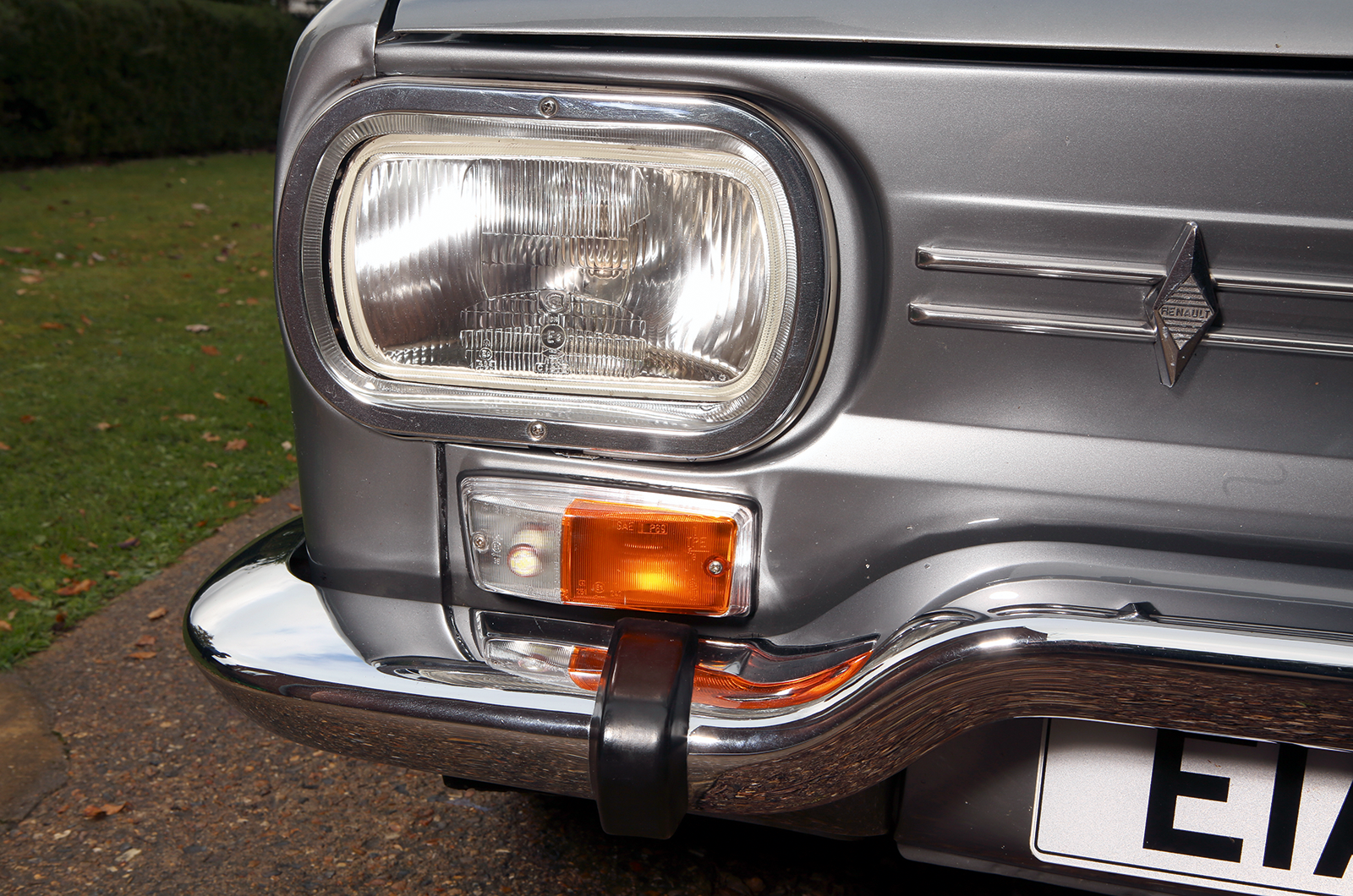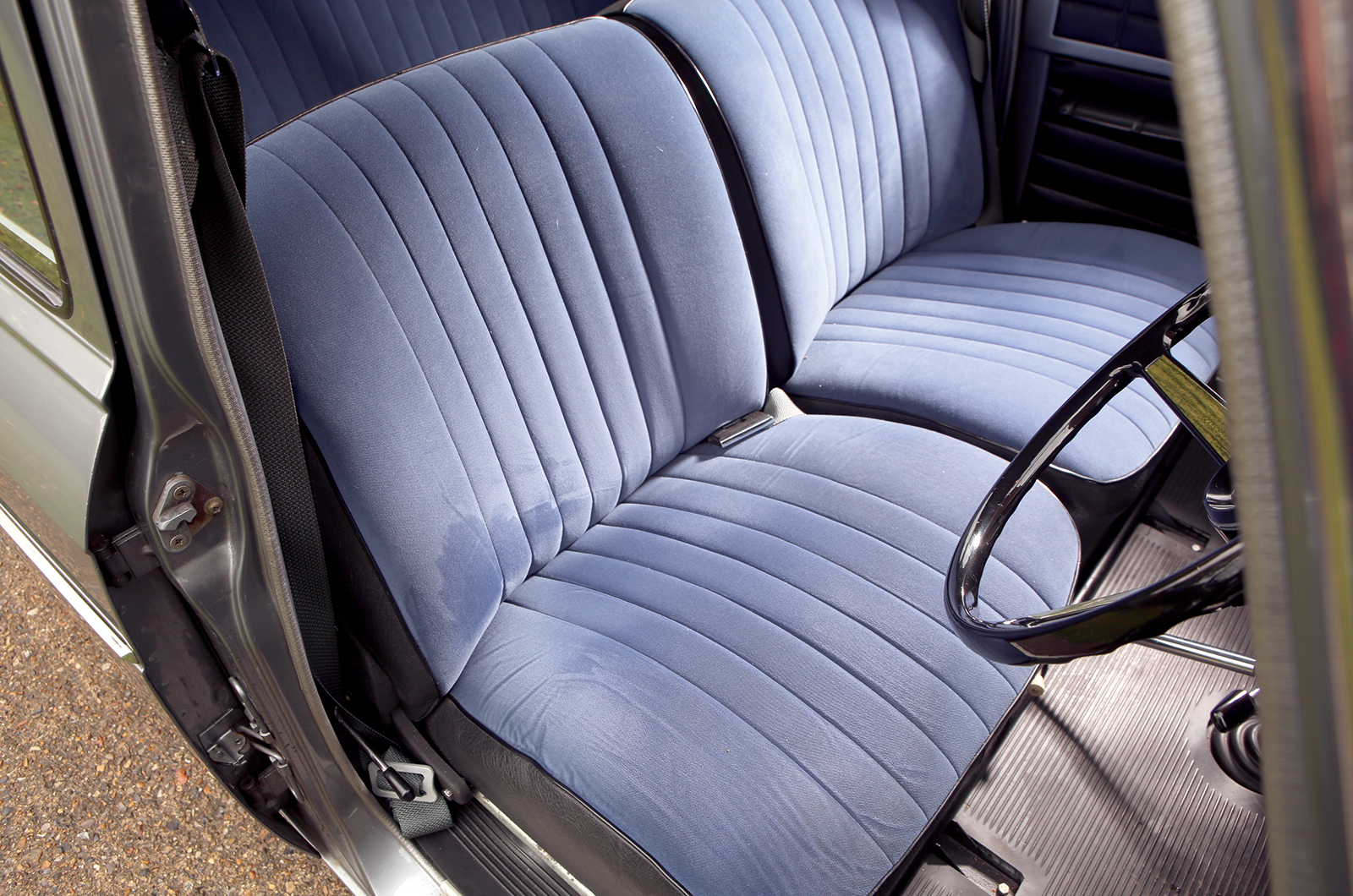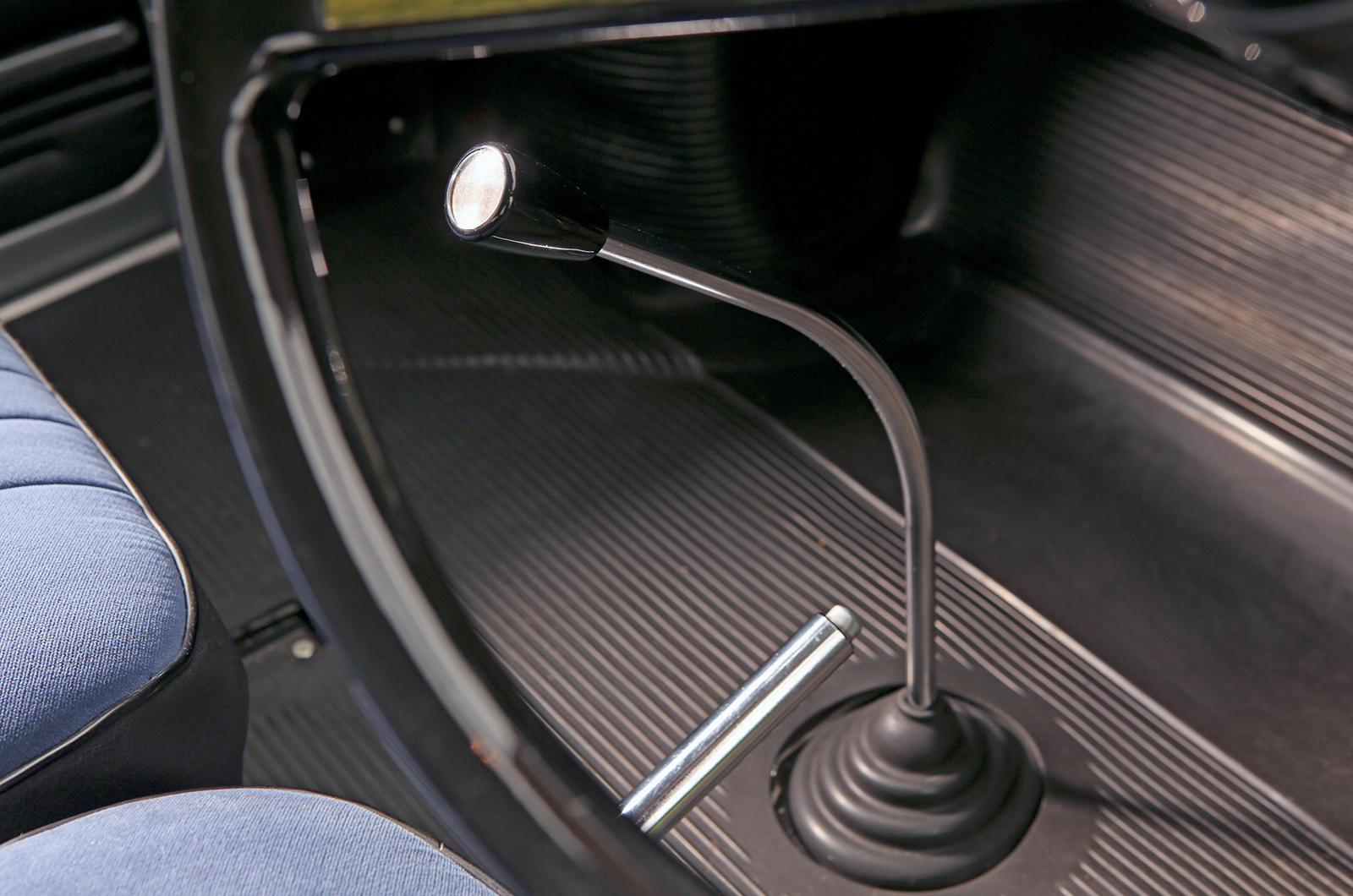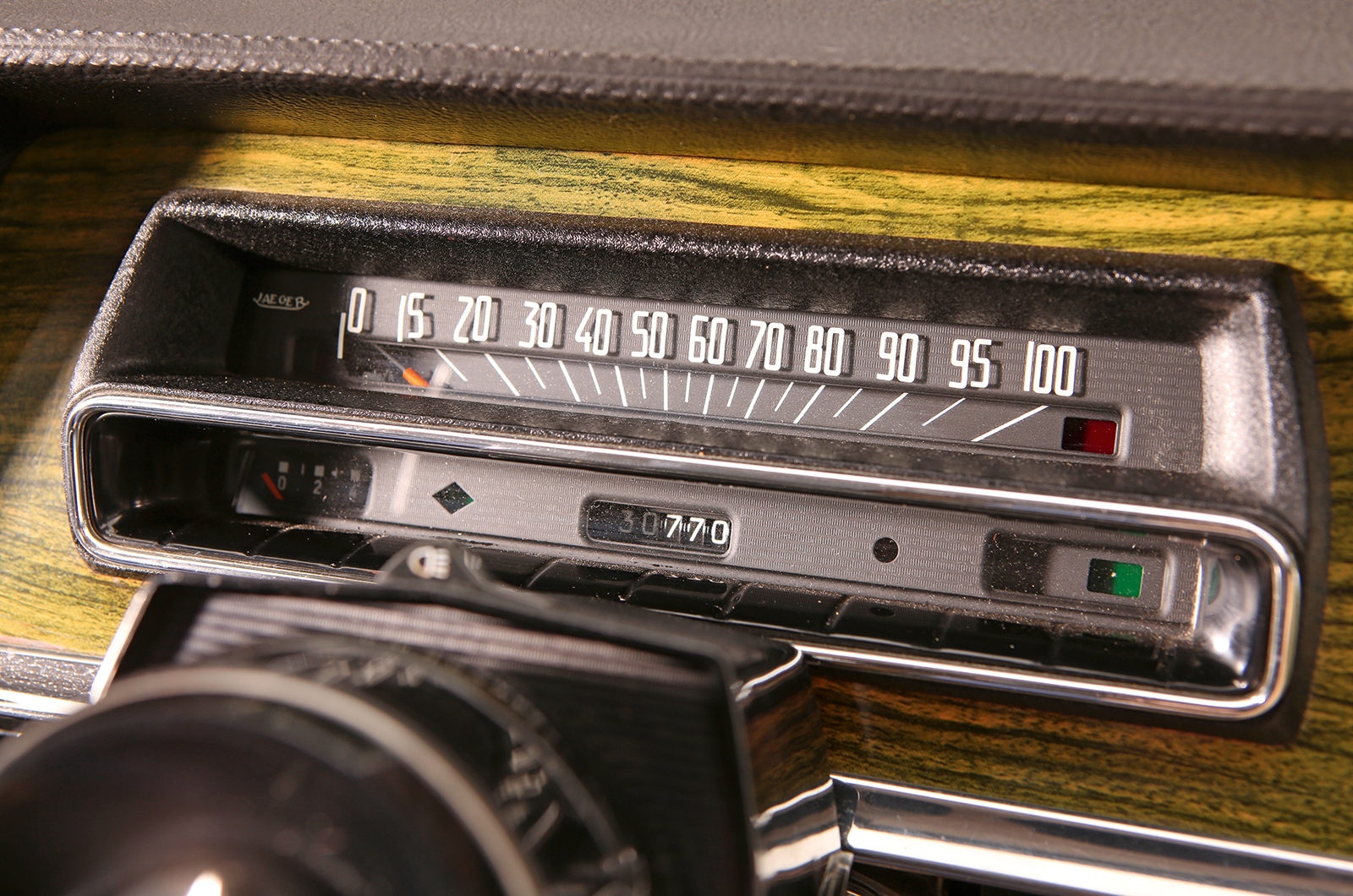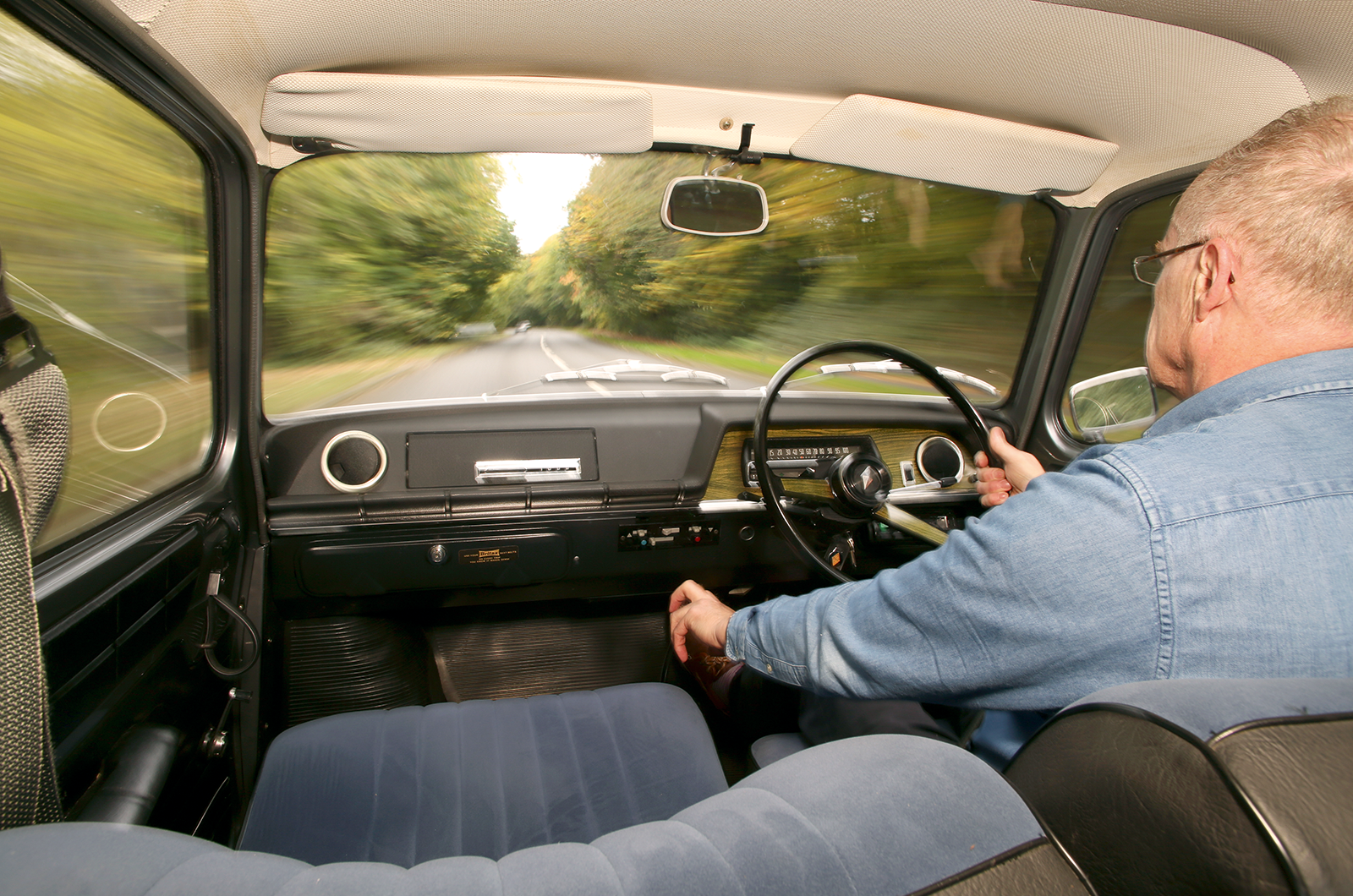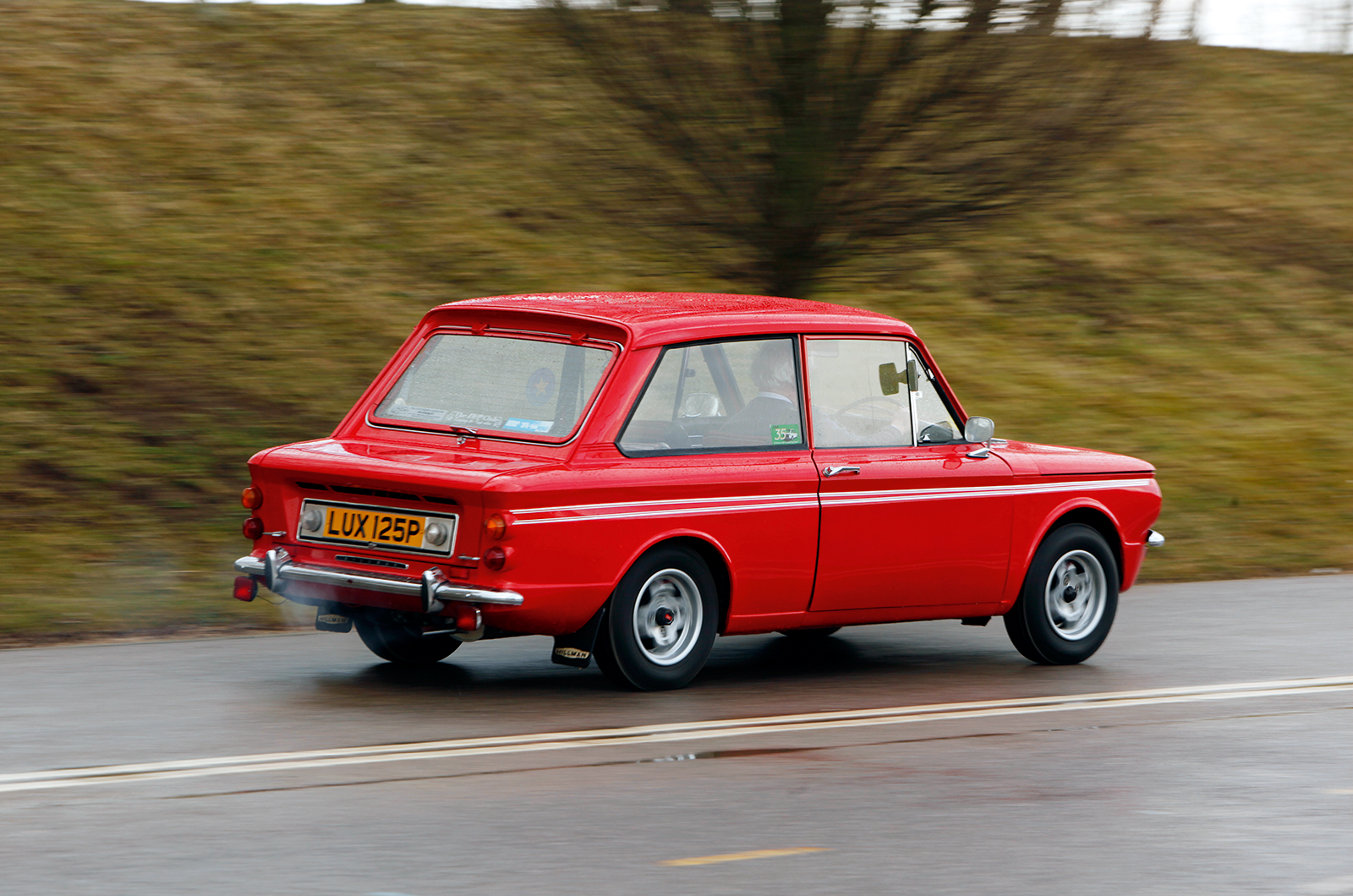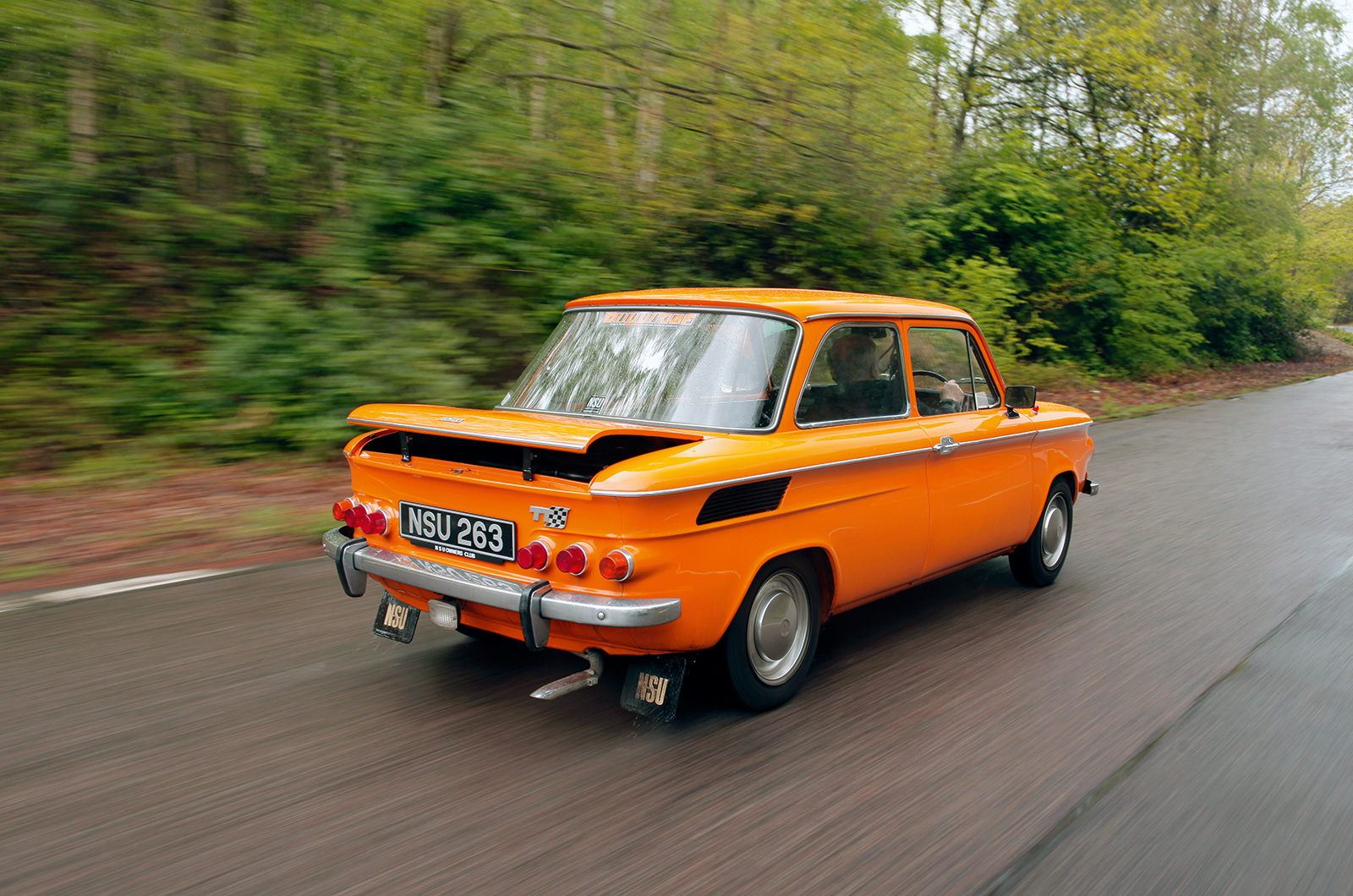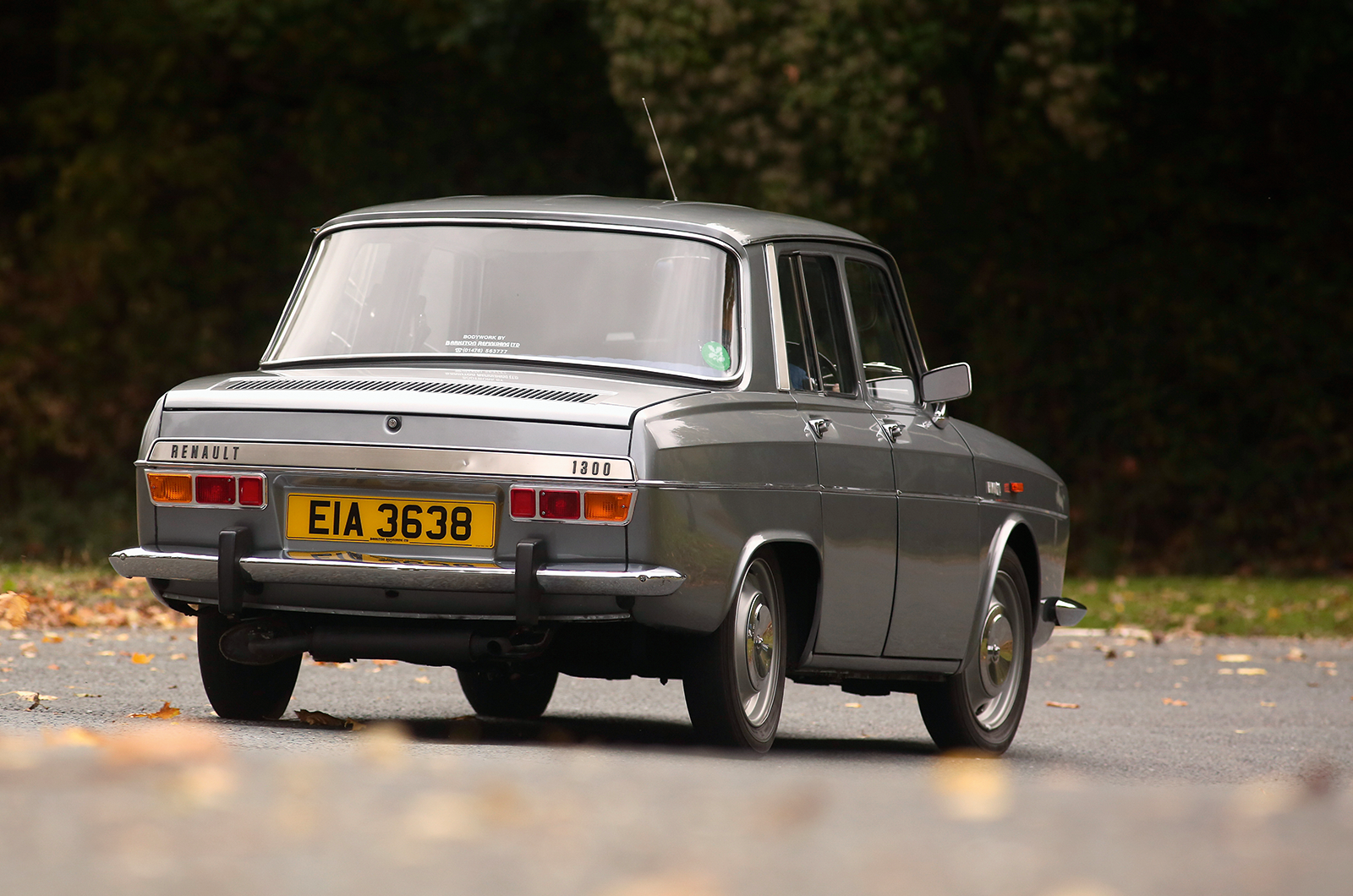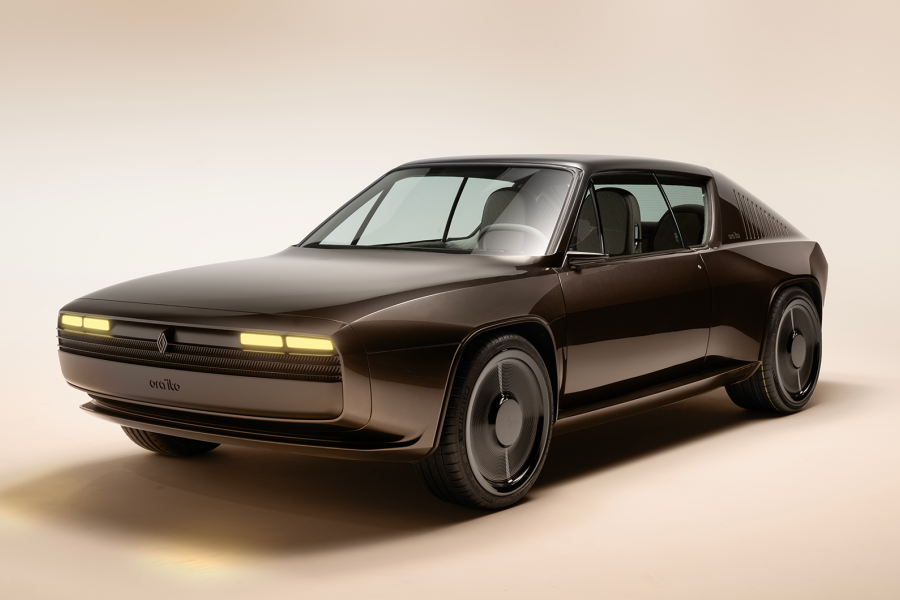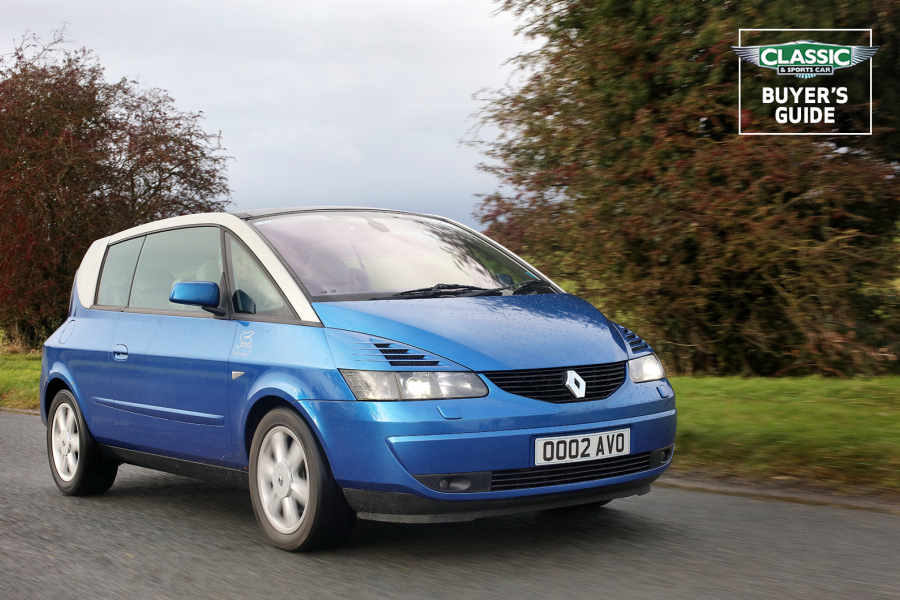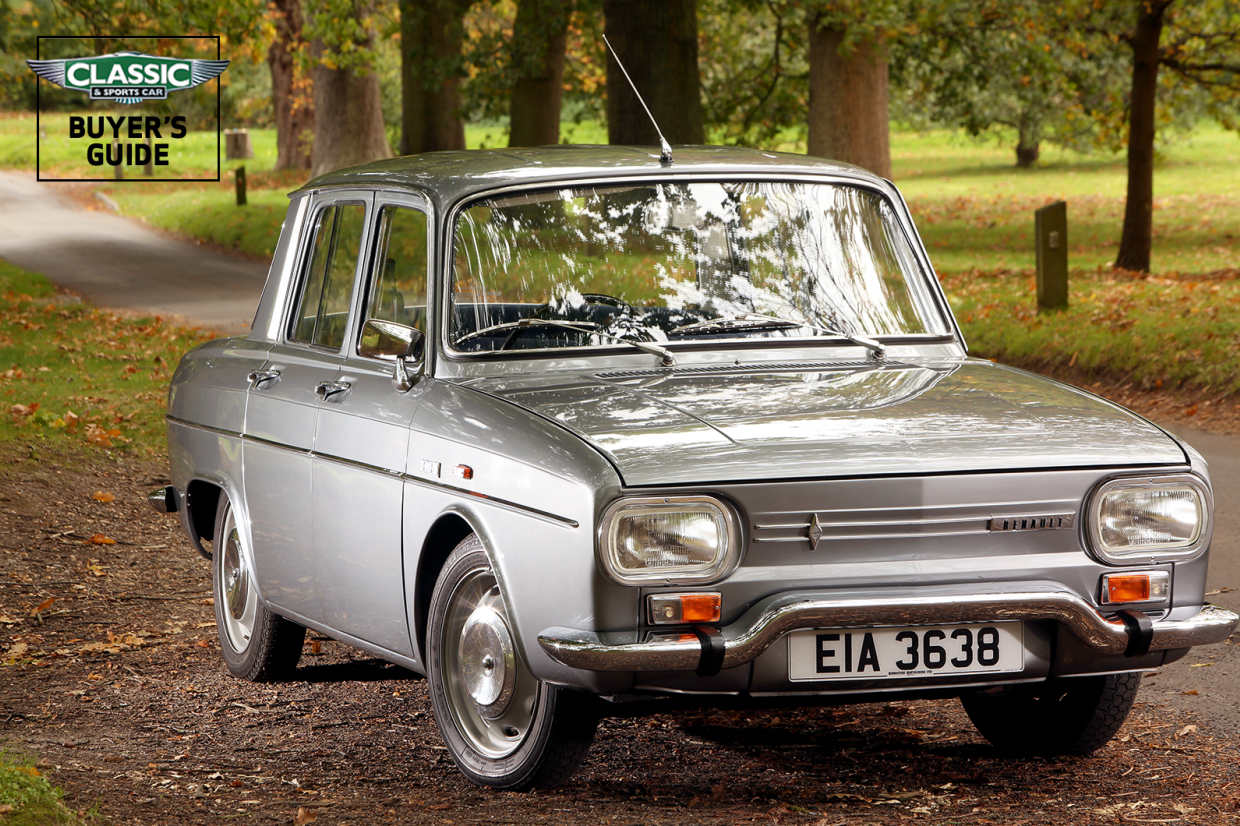
Why you’d want a Renault 8 or Renault 10
Renault updated the Dauphine with a shape surprisingly similar to Alfa Romeo’s abortive Tipo 103 – a front-drive small car that was shelved because it was building Dauphines under licence instead.
Mechanically, of course, the R8 was quite different and Renault’s experience with rear engines ensured that it was remarkably quiet, refined and spacious.
The new model developed a keen following and, in Gordini form, achieved considerable success in racing and rallying.
It also donated many components to the Matra Djet and Alpine sports cars.
Built in France, Spain, Bulgaria and Romania (as the Dacia) and assembled as far afield as Venezuela, Mexico, Algeria, Morocco, Canada, Australia and New Zealand (but ironically not by Alfa in Italy), the 8 and 10 enjoyed a 14-year life and were made in big numbers, but survivors are rare and interest is only beginning to grow in their home country.

Jean Ragnotti shows how to do it on the Monte Historique
Investigate the origin of cars for sale, because not all had the same spec; for example, Spanish-built 8s had rear drums.

